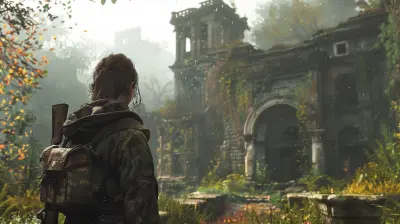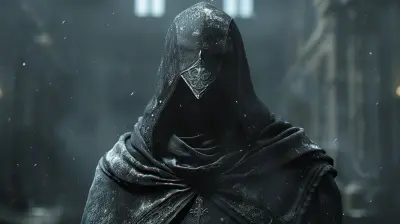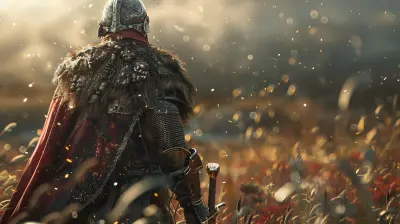The Impact of Cinematic Camera Angles in Third-Person Shooters
12 July 2025
Let’s face it: third-person shooters wouldn’t be half as thrilling without those jaw-dropping, pulse-pounding cinematic camera angles. You know the ones I’m talking about—the dramatic over-the-shoulder zooms, the sweeping panoramic shots, and that oh-so-satisfying slow-motion movement during a perfectly executed move. But have you ever stopped mid-firefight and thought, "Whoa, this angle makes me feel like I’m starring in an action movie"? If you have, congrats—you’ve just experienced the magic of cinematic camera angles.
In this article, we’ll dive deep into how these visual tricks shape the way we play and feel while dishing out pixelated justice. So grab your controller (or keyboard, no judgment here), and let’s talk about why camera angles in third-person shooters are basically the unsung heroes of the gaming world. 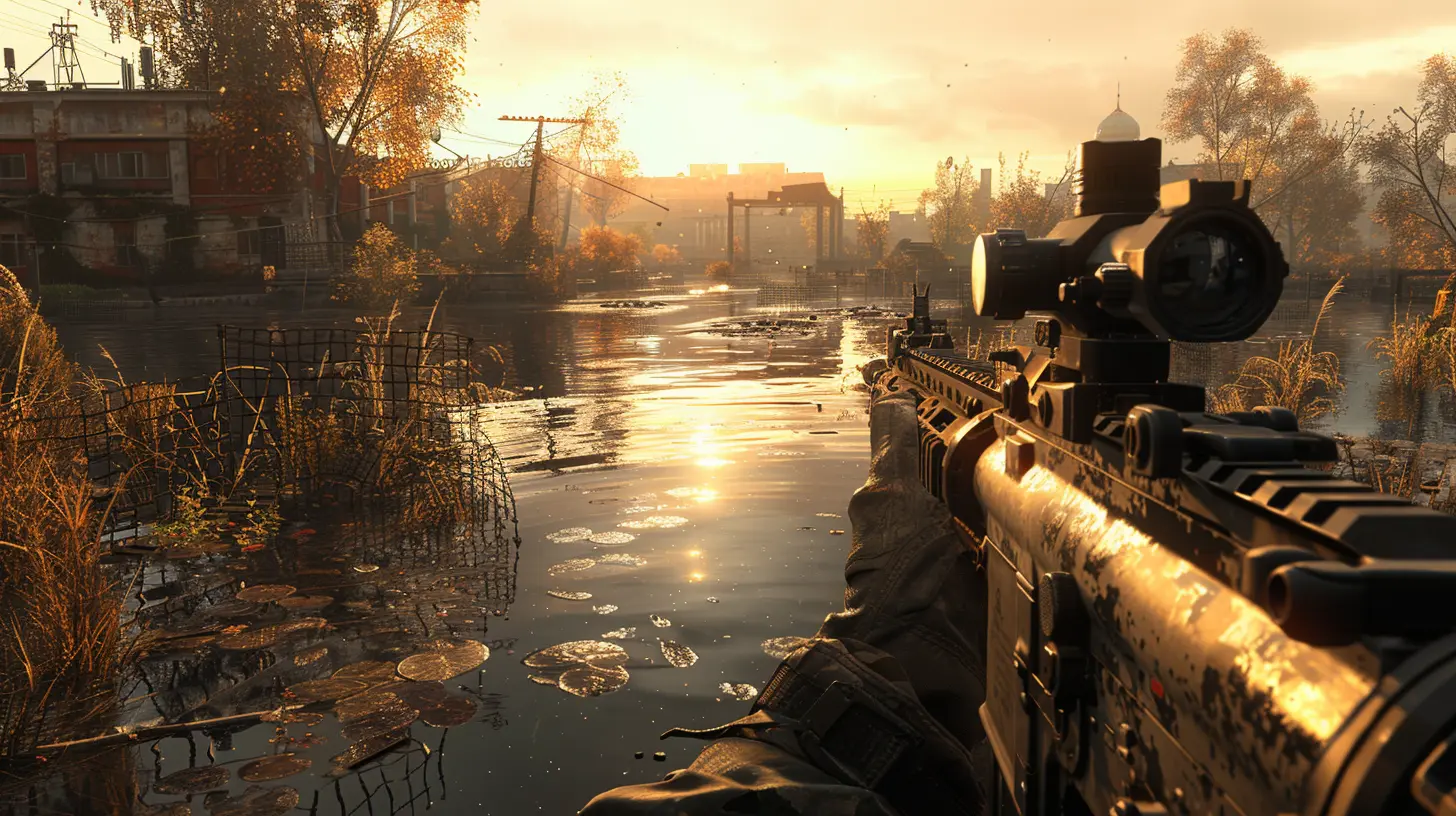
What Are Cinematic Camera Angles, Anyway?
Okay, let’s start with the basics. You know how every good action movie carefully frames its hero—whether they’re leaping through an explosion or walking away from one (cool guys never look back)? Cinematic camera angles in video games aim to recreate that same experience.In third-person shooters, the camera doesn’t just follow your character around like a lost puppy—it adds dramatic heft. Think of it like the difference between watching a sitcom and a Christopher Nolan movie. One’s functional; the other makes you feel something. Camera angles in games help create tension, drama, and sometimes even a little anxiety (looking at you, tight hallway shots). 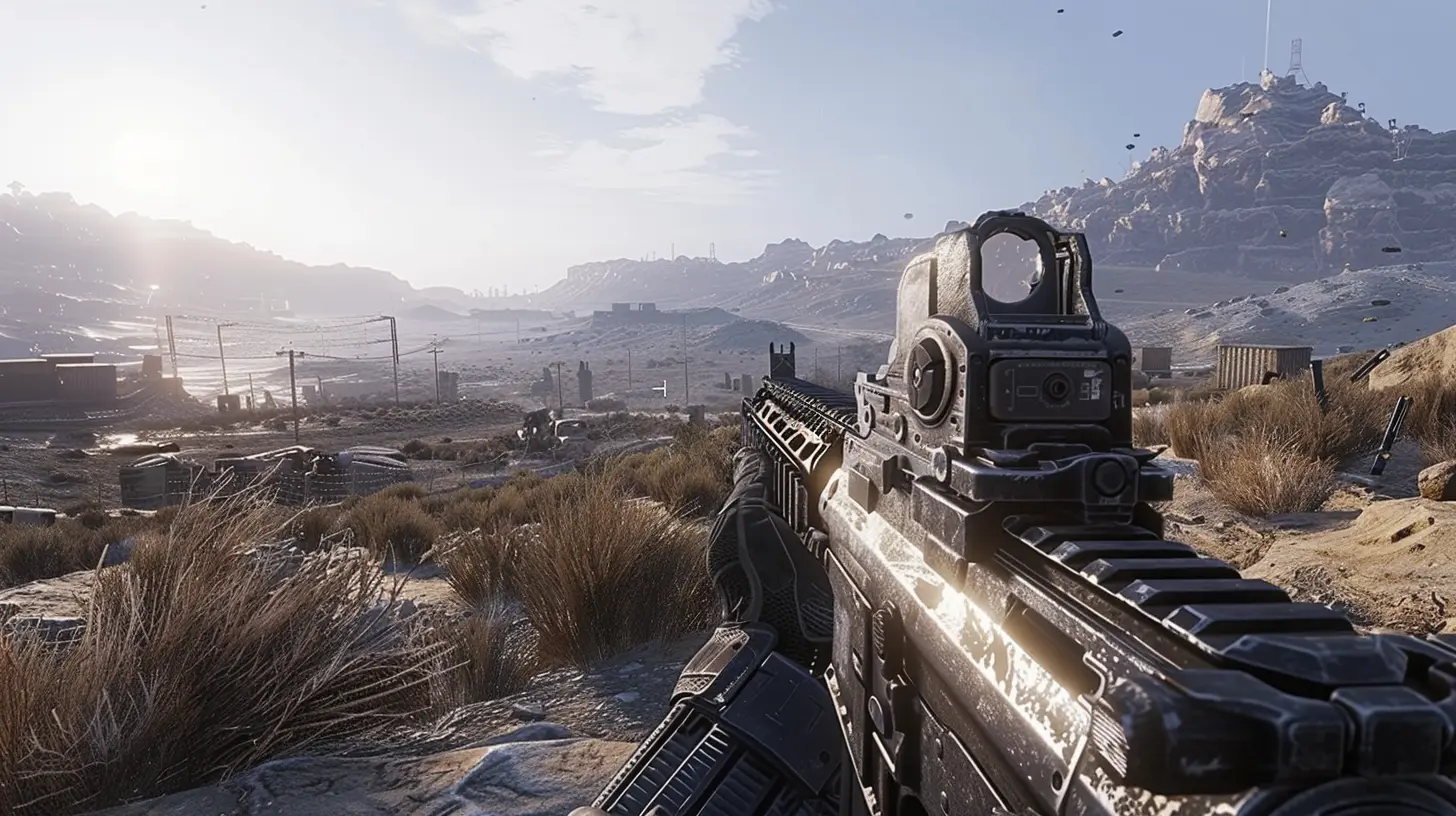
Why Camera Angles Matter in Third-Person Shooters
Let’s be real: most of us play third-person shooters for the adrenaline rush. We want to feel like badasses surviving against all odds. But how do you turn a digital avatar running and gunning into a heart-pounding, popcorn-worthy experience? That’s where camera angles strut in wearing sunglasses and a leather jacket.1. Immersion Levels Over 9000
The right camera angle pulls you straight into the action. Over-the-shoulder views, for instance, make you feel like you’re right there in the thick of things. You’re no longer controlling a character; you are the character.Ever noticed how some games zoom in slightly when you aim down sights? It’s like the camera is whispering, “Hey, focus. This shot matters.” It tricks your brain into caring more because suddenly, everything feels personal.
2. Drama, Drama, Drama
Cinematic angles are the drama queens of the gaming world—and we love them for it. They turn mundane actions into epic moments. A perfectly timed slow-mo dive? Chef’s kiss. A rapid pan to showcase an incoming enemy horde? Chills.And let’s not forget boss fights. You could be battling a giant alien octopus from Mars, but without those sweeping, larger-than-life camera movements, eh, it’s just tentacles and goo. The angles make the stakes feel high, even if it’s a fictional apocalypse.
3. Situational Awareness (a.k.a. Not Dying)
While cinematic angles are great for storytelling, they’re also practical. Third-person shooters rely on giving players an awareness of their surroundings. The camera’s positioning often provides a wider field of view compared to first-person shooters.Think of it like having eyes in the back of your head—or at least in the corner of the screen. That crouching enemy behind the crate? You spotted them because the camera said, “Psst, look over here.” 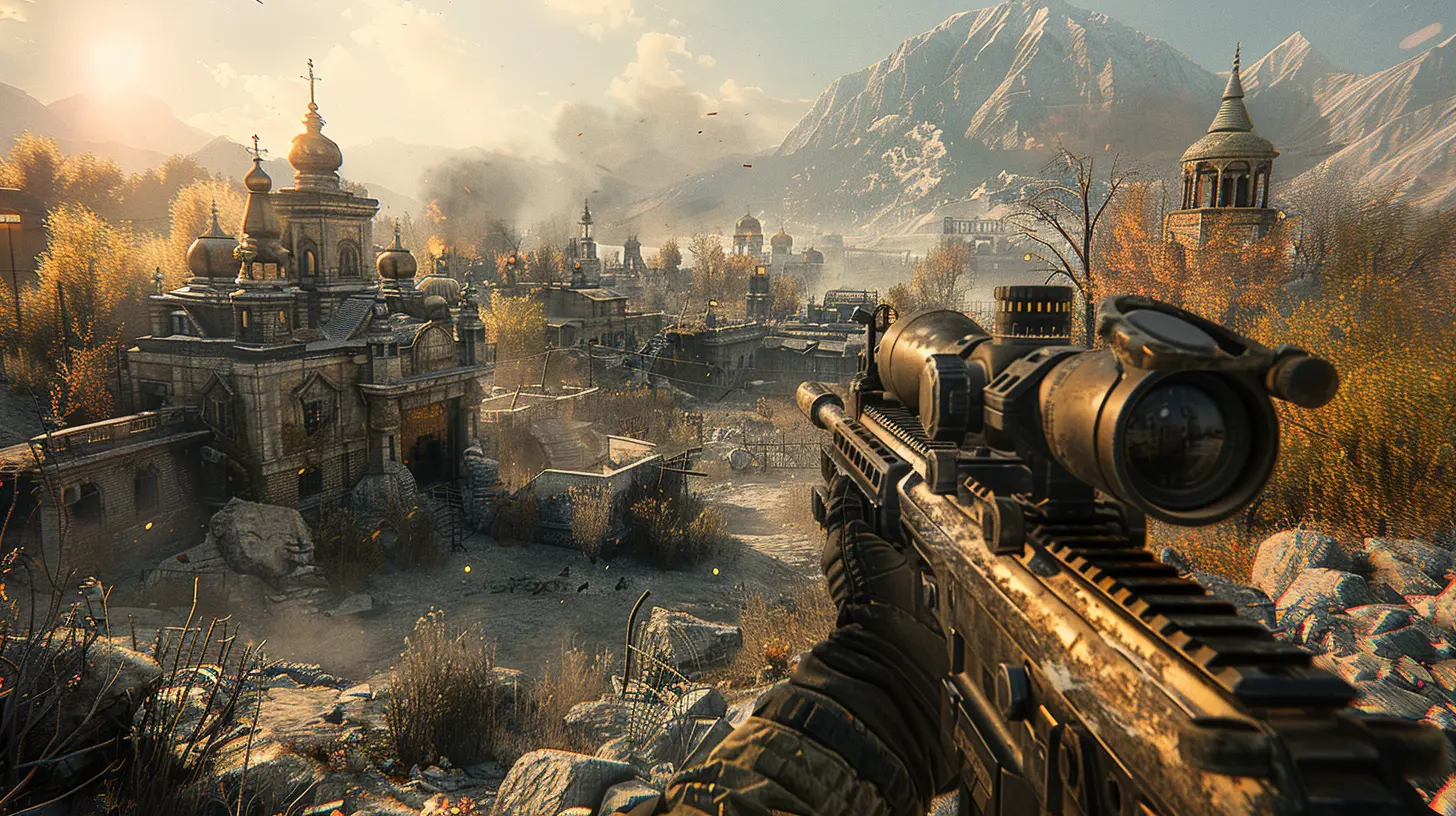
Evolution of Cinematic Angles in Gaming
Remember the early days of third-person shooters? The cameras were… well, let’s just call them “ambitious.” They didn’t always know where to look, and sometimes you’d end up staring at a wall while getting pummeled by enemies. Fun times.But oh, how far we’ve come!
The Fixed Camera Era
Back in the day, fixed cameras were all the rage. Games like Resident Evil (the OG version) used static angles to build tension. Walking into a new room meant bracing for whatever the camera didn’t show you. Spooky, right?The Over-the-Shoulder Revolution
Then came the golden child: the over-the-shoulder camera, popularized by games like Resident Evil 4 and Gears of War. This style struck the perfect balance between immersion and visibility. Suddenly, we weren’t just playing a character; we were following them like a personal cameraman filming a gritty action documentary.Modern-Day Marvels
Today, cinematic camera work is an art form. Games like The Last of Us Part II and Uncharted use angles to tug at your heartstrings and pump your adrenaline. It’s not just about shooting anymore; it’s about storytelling. When Ellie strums a guitar or Nathan Drake leaps across a collapsing bridge, the camera makes dang sure you feel it.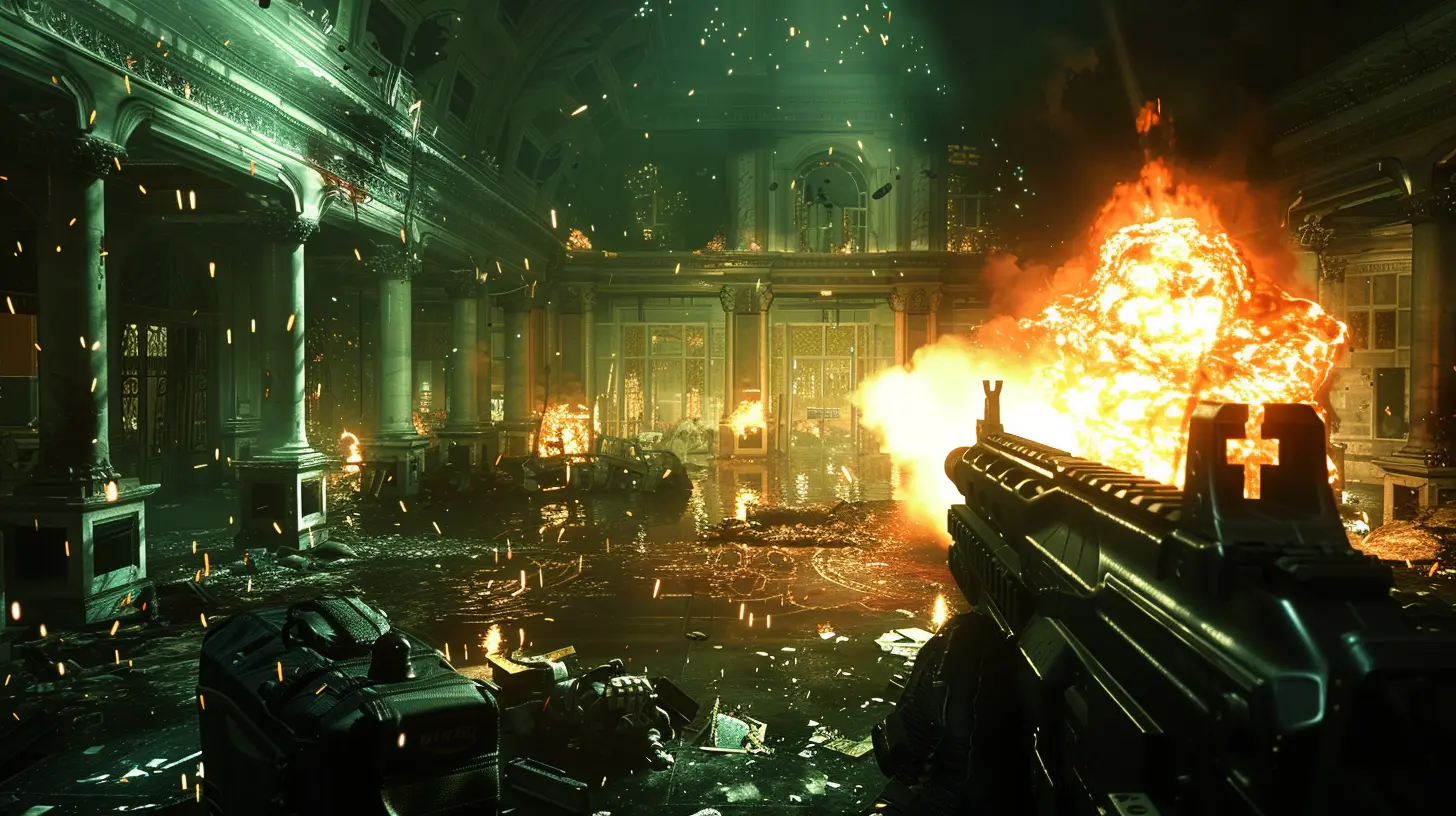
How Developers Use Camera Angles to Manipulate Emotion
Alright, here’s where things get a little sneaky. Game developers are basically emotional puppeteers, and camera angles are their strings.Building Tension
Ever noticed how the camera tightens in narrow spaces? It’s not a coincidence. Developers use claustrophobic angles to make you feel uneasy. If the camera is too close for comfort, guess what? Neither are those zombies lurking around the corner.Highlighting Achievements
Remember that moment in Red Dead Redemption 2 when Arthur stands on a cliff, and the camera pans out to reveal the vast, breathtaking world? That’s the game telling you, “Hey, you’re part of something epic.”Crafting Emotional Closeness
Sometimes, the camera gets up-close and personal during cutscenes. It focuses on subtle facial expressions, making you forget you’re staring at pixels. Seriously, how many times have you cried because of a well-framed cutscene? Too many? Same.Challenges with Cinematic Camera Angles
Of course, not everything’s sunshine and slow-mo explosions. Nailing cinematic camera angles is no walk in the park.1. Balancing Drama and Control
There’s a fine line between “Whoa, that’s epic” and “Ugh, I can’t see anything because of this stupid angle!” When cameras prioritize drama over gameplay, frustration sets in. No one wants to die because the camera decided to admire the scenery mid-gunfight.2. Motion Sickness Woes
Some players are more sensitive to camera movement, and too much drama can lead to nausea. (Yeah, looking cool isn’t worth barfing over.) It’s a tricky balancing act for developers to ensure cinematic flair without triggering motion sickness.Most Memorable Examples of Cinematic Camera Angles
Let’s take a moment to appreciate some of the legends:- Max Payne 3: Bullet time. Enough said.
- The Last of Us Series: Emotional close-ups that hit harder than a brick to the face.
- Tomb Raider (Reboot Series): Dynamic angles that make every death-defying leap feel… well, death-defying.
- God of War (2018): That one-shot camera technique? Revolutionary.
These games don’t just use camera angles; they weaponize them to deliver unforgettable experiences.
The Future of Cinematic Camera Angles
As technology evolves, so do cinematic camera techniques in gaming. With advancements like ray tracing and virtual reality, we’re moving closer to movie-level visuals. Imagine third-person shooters where the camera changes based on your emotional state or gameplay style. Wild, right?But no matter how fancy things get, one thing’s certain: cinematic camera angles will continue to be the unsung glue that holds the action-packed chaos together.
Final Thoughts
So, there you have it—cinematic camera angles aren’t just eye candy. They’re the secret sauce that turns a standard third-person shooter into a memorable emotional rollercoaster. Whether they’re making you sweat during a horde attack or cry during a quiet character moment, these angles deserve all the love.The next time you’re mowing down enemies or scaling a cliff, take a second to appreciate the camera work. Someone, somewhere, meticulously crafted that angle just to blow your mind—or, you know, help you not die.
all images in this post were generated using AI tools
Category:
Third Person ShooterAuthor:

Kaitlyn Pace
Discussion
rate this article
1 comments
Brittany Alvarez
Great insights! Cinematic camera angles truly enhance immersion and storytelling in third-person shooters, elevating the player experience.
August 1, 2025 at 4:54 AM

Kaitlyn Pace
Thank you! I'm glad you found the insights valuable. Cinematic angles really do transform the way we engage with the story and gameplay.
